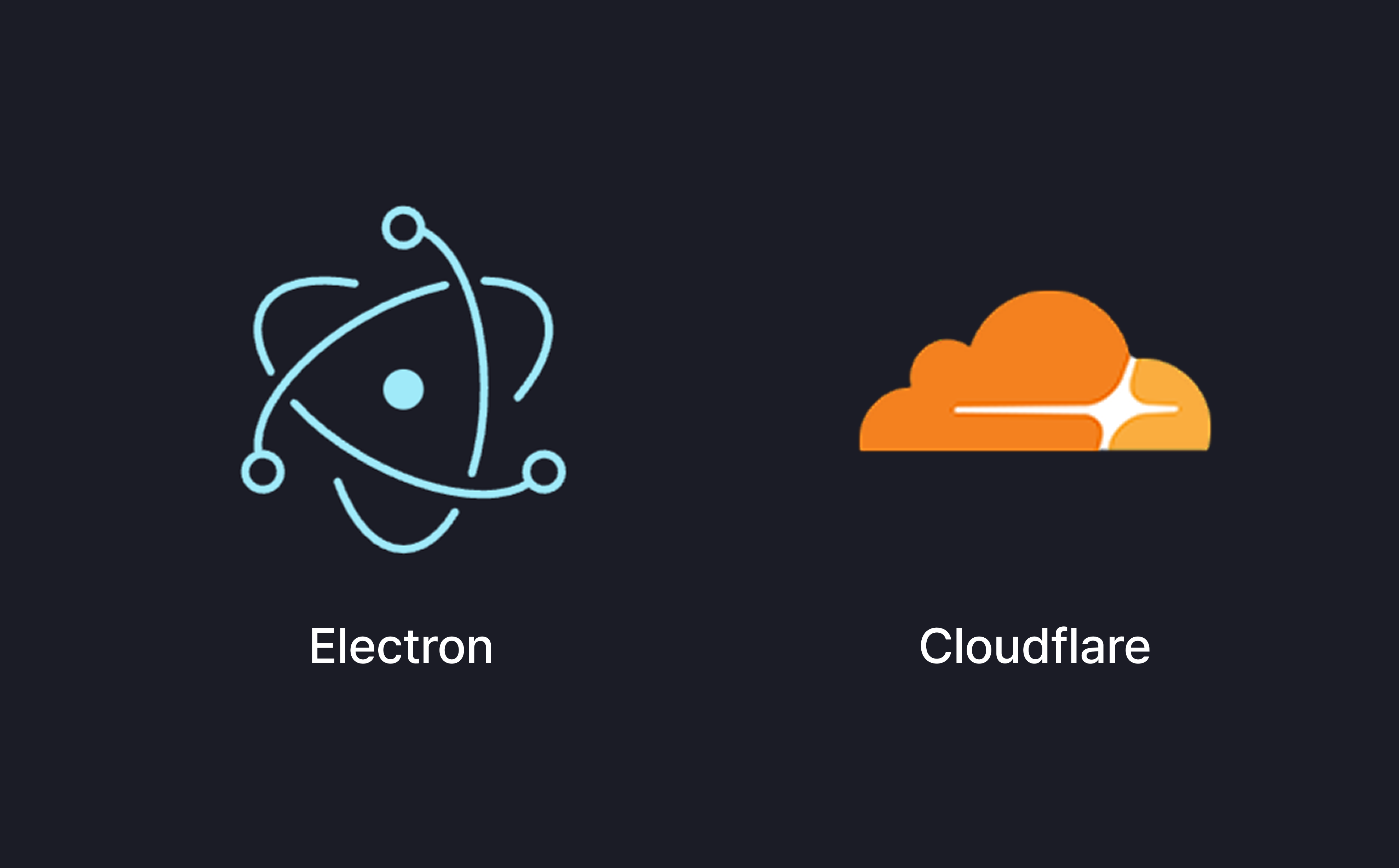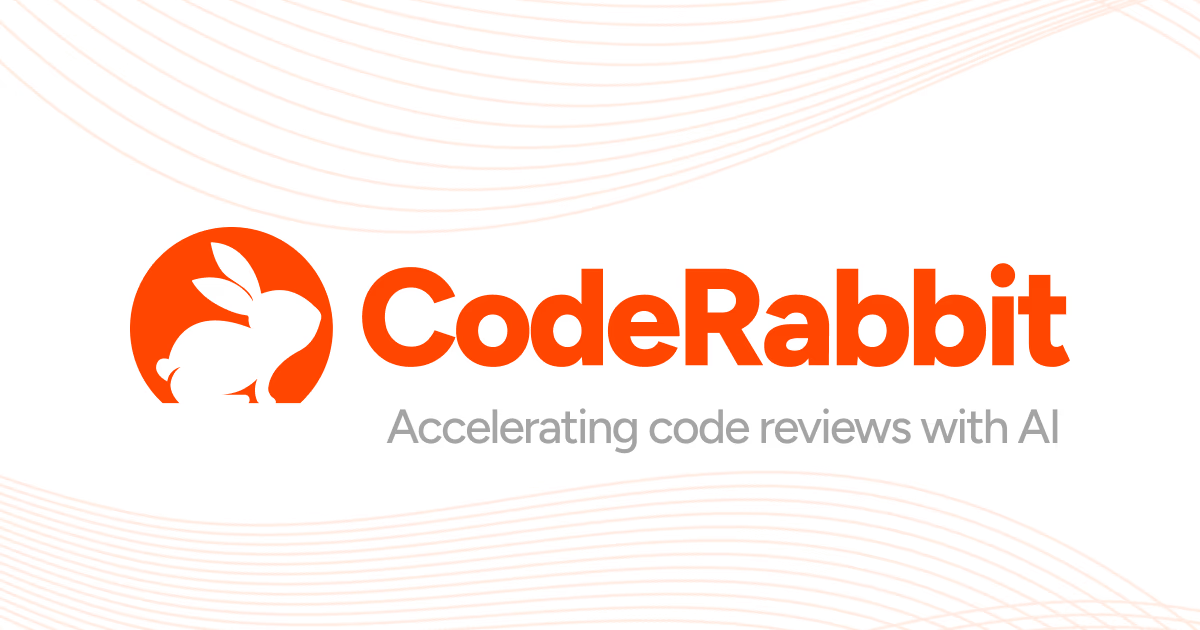복잡한 모달 전환을 Funnel 구조로 개선하기
본 게시물에서 등장하는 ‘길드’ 키워드는 실제 디스코드의 ‘서버’와 동일한 개념입니다. 개발시 백엔드 팀원들의 혼선을 방지하고자 길드(Guild) 로 사용중임을 감안해주시면 감사하겠습니다 :)
💭 단계별 modal 전환 고민 과정
- 길드 생성 시
길드 선택이후길드 커스터마이즈로 모달의 내용이 단계별로 전환되어야 했습니다. - 이를 위해
currentModal상태를 만들어 단계별 컴포넌트를 상태값에 따라 나눠 띄우는 방식으로 구현했습니다.
const [currentModal, setCurrentModal] = useState<CreateGuildStep | null>(null);
useEffect(() => {
if (currentModal === null) return;
switch (currentModal) {
case "initial":
handleChangeModal(<CreateGuildModal setCurrentModal={setCurrentModal} />);
break;
case "customize":
handleChangeModal(
<CustomizeGuildModal setCurrentModal={setCurrentModal} />
);
break;
}
}, [currentModal]);
- 첫 번째 단계에서
다음버튼 클릭 시 customize로 상태를 변경하고, 두 번째 단계에서는뒤로가기버튼 클릭 시 다시 initial로 변경합니다. - 이 방식은 간단하지만 currentModal 값이 같으면 useEffect가 다시 실행되지 않아 모달이 뜨지 않는 버그가 발생했습니다.
useEffect(() => {
if (!modal.basic) {
setCurrentModal(null);
}
}, [modal]);
- 이를 통해 모달이 닫힐 때 currentModal을 초기화하여 상태 변경을 감지하게 했지만, 전반적으로 관리 포인트가 늘어나고 흐름이 복잡해졌습니다.
문제점
- 단계가 늘어날수록
useEffect가 복잡해지고 관리가 어려워졌습니다. - 단계별 입력값도 GuildList에서 직접 관리하게 되면서 아래와 같이 불필요한 많은 상태를 갖게 됩니다.
// Guild(서버) 생성에 필요한 데이터들
const [guildName, setGuildName] = useState("");
const [guildImage, setGuildImage] = useState<File | null>(null);
const [guildType, setGuildType] = useState<"private" | "public" | null>(null);
- 이처럼 일부 단계에서만 필요한 값조차도 상위 컴포넌트에서 관리하게 되며 코드가 복잡해지고 책임 분리가 모호해집니다.
- 전역 상태나 Context로 해결할 수도 있으나 모달의 종류가 많아질수록 상태 관리 범위가 넓어지고 디버깅이 어려워지는 문제가 생길 것이라 생각했습니다.
Funnel 구조로의 전환
이러한 문제점들을 해결하기 위해 toss slash에서 아이디어를 얻어 외부 라이브러리 없이 Funnel 구조를 직접 구현해 적용했습니다.
Funnel 구조란?
- Funnel은 사용자가 어떤 목표 지점(ex: 가입 완료)에 도달하기까지 여러 단계를 거치는 흐름을 의미합니다. 일반적으로 마케팅이나 제품 설계 등에서 사용되며, UI에서도 단계별 플로우를 제어할 때 유용합니다.
- 토스에서는 이를 위해 useFunnel이라는 훅을 사용하지만 본 포스팅에서는 해당 라이브러리를 사용하지 않고 직접 커스텀 훅과 컴포넌트를 구현했습니다.
직접 구현한 Funnel 구조
// 커스텀 훅
const useFunnel = <T extends string>({
defaultStep,
stepList,
}: UseFunnelProps<T>) => {
const [currentStep, setCurrentStep] = useState(defaultStep);
const currentIndex = stepList.indexOf(currentStep);
const moveToNextStep = () => {
if (currentIndex < stepList.length - 1) {
setCurrentStep(stepList[currentIndex + 1]);
}
};
const moveToPrevStep = () => {
if (currentIndex > 0) {
setCurrentStep(stepList[currentIndex - 1]);
}
};
return {
Funnel,
Step,
currentStep,
moveToNextStep,
moveToPrevStep,
};
};
// Funnel과 Step 컴포넌트
const Funnel = <T extends string>({
children,
currentStep,
}: FunnelProps<T>) => {
const targetStep = children.find((step) => step.props.name === currentStep);
if (!targetStep) {
throw new Error(
`${currentStep} 단계에 해당하는 컴포넌트가 존재하지 않습니다.`
);
}
return <>{targetStep}</>;
};
Funnel.Step = function Step<T extends string>({ children }: StepProps<T>) {
return <>{children}</>;
};
Funnel 구조 적용 방식
- Guild 생성 플로우를 하나의 CreateGuildModalContent 컴포넌트로 묶습니다.
- 내부에서
useFunnel훅으로 각 단계의 콘텐츠를 전환합니다.
const { Funnel, currentStep, moveToNextStep, moveToPrevStep } = useFunnel({
defaultStep: "서버공개여부",
stepList: ["서버공개여부", "서버커스텀"],
});
return (
<Funnel currentStep={currentStep}>
<Funnel.Step name="서버공개여부">
<CreateGuildModal onNext={moveToNextStep} />
</Funnel.Step>
<Funnel.Step name="서버커스텀">
<CustomizeGuildModal onPrev={moveToPrevStep} />
</Funnel.Step>
</Funnel>
);
- 각 스텝 컴포넌트는 더 이상 상태를 직접 관리할 필요가 없어지고 onNext, onPrev만 넘겨받아 동작하면 됩니다.
- GuildList에서는 단순히 아래와 같이 하나의 모달만 열면 됩니다
const handleChangeModal = () => {
openModal("basic", <CreateGuildModalContent />);
};
결과
- 단계별 상태와 렌더링 분기를 한 곳에 모으면서 관리 포인트가 줄어들고 코드를 직관적으로 바꿀 수 있었습니다.
- 상태가 퍼져 있던 기존 구조보다 단계별 흐름이 명확해지고 유지보수도 쉬워졌습니다.
- 특히 모달 안에서 사용하는 입력값 상태를 각 스텝 컴포넌트 내부에서만 관리할 수 있어 범위가 명확해졌습니다.
📎 참고
Funnel 개념 및 설계 아이디어는 <Toss Slash 23 세션: 사용자의 흐름을 Funnel로 관리하기>에서 참고했습니다.



